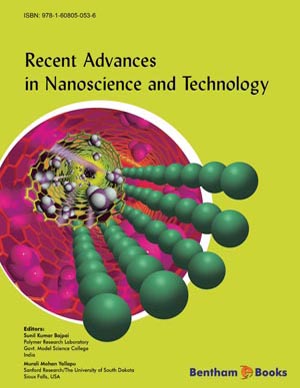Abstract
We describe and analyze the growth of III-V semiconductor nanowires by molecular beam epitaxy activated with gold particles. We focus on (Al)GaAs(P) and InP(As) compounds. Optimal conditions of substrate surface preparation and adequate growth parameters are reported. The catalyst particles are shown to be rich in group-III atoms and liquid when nanowires form. The favorable growth temperatures thus depend on which group-III element is used. We explain why the nanowires often adopt the unusual wurtzite structure, pointing out that the crystalline phase is determined at the nucleation stage and that high liquid supersaturation is necessary. The kinetics of nanowire elongation is investigated with an original method based on modulations of the incident fluxes. The group-III flux intercepted by the nanowire sidewall facets is the main contribution to axial growth. Conditions leading to a short diffusion length of the group-III adatoms on these facets, produce lateral growth that we use to form abrupt core-shell heterostructures. We also present a method to bury vertical freestanding nanowires by a planar epitaxial growth. This process induces the layer-by-layer transformation of the nanowire phase from wurtzite to zinc-blende. Finally, the statistics of nucleation at the liquid-solid interface is revealed by using the flux modulation method. We show that the diluted concentration of group-V atoms in the nano-sized catalyst drop is at the origin of the self-regulation of the nucleation events.
Keywords: Semiconductor nanowire, molecular beam epitaxy, vapor liquid solid growth, nucleation, catalystassisted growth, crystal phase, growth kinetics, core-shell heterostructures.



















